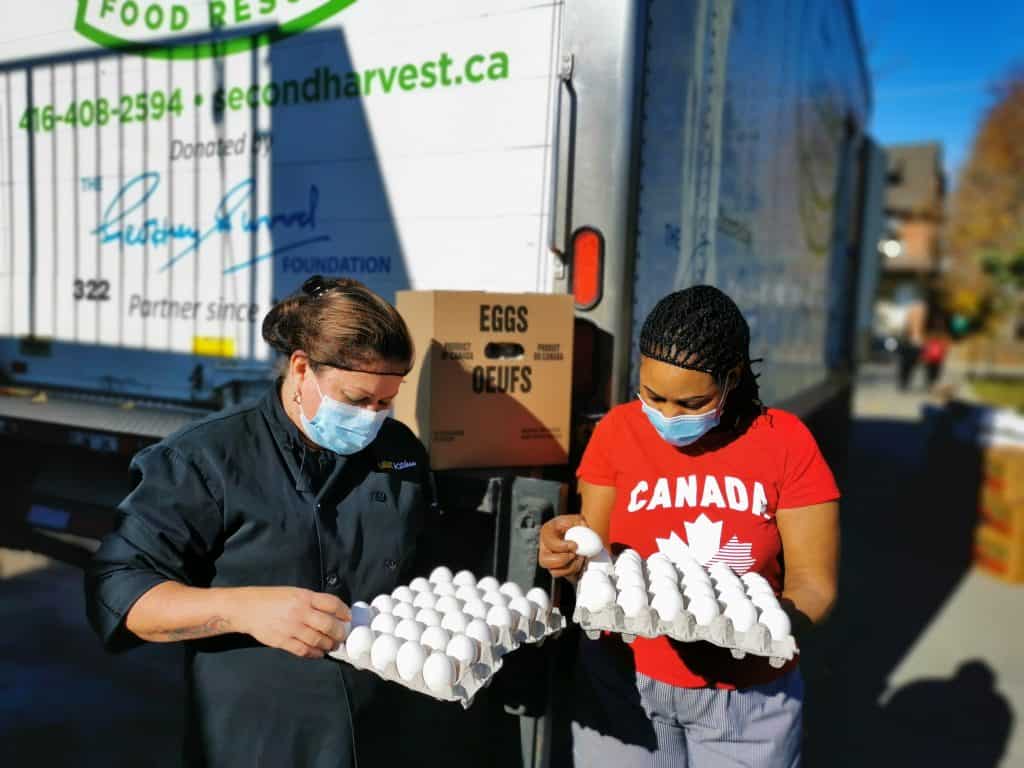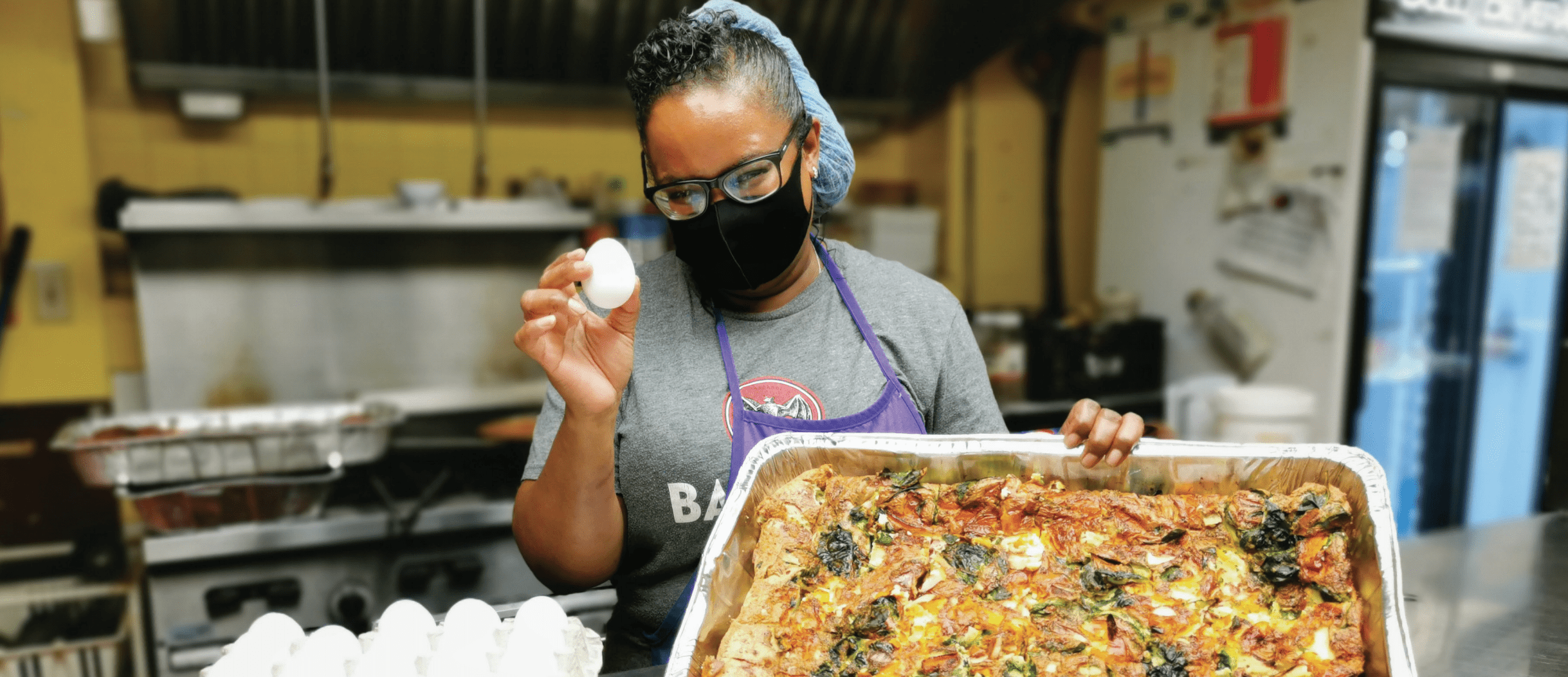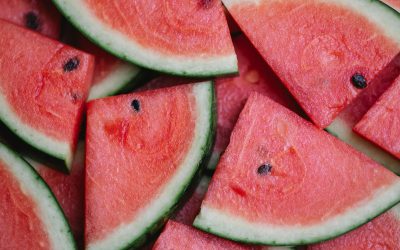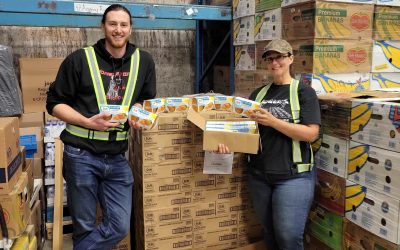Canada has over four times the number of food charities than it has grocery stores. This shocking number should be a red flag for our country on many levels. For every Loblaws or Safeway, there are four faith-based centres, schools, soup kitchens, homeless shelters, clubs, and programs that offer food to 6.7 million Canadians who need food supports.
From big-box retailers to local corner stores, Canada has 15,344 grocery stores. Meanwhile, over 61,000 community organizations in Canada provide food at no or low cost to fill an essential need. “There’s no area that doesn’t suffer from food insecurity in the country,” Second Harvest CEO Lori Nikkel told Canadian Grocer. “It is outrageous to me that in a country as rich as ours, we have 61,000 organizations that have popped up to support people with low or no-cost food.”
“The bottom line is, people should be able to get their food from their grocery store because they have enough money in their pocket, wallet, or purse to purchase the food they need for themselves and their family,” Nikkel told CBC.
About 3,600 of those organizations are primary food providers, such as food banks. The rest provide food as a necessity on top of their main purposes, such as schools that offer meals or snacks. These non-profits are hidden away in every community and are often run by volunteers doing what they can with limited, donated supplies and ever-increasing demand.
This is Canada’s invisible food network.
Canada’s Invisible Food Network Report
Second Harvest is shedding light on the massive and essential patchwork of non-profits across the country that pick up the slack where our broken food systems and policies do not. In the first of its kind ground-breaking research, Canada’s Invisible Food Network report identifies and maps out all non-governmental organizations that feed Canadians, measuring quantity, food types and need, supply and demand, shortfalls, and the impact of COVID-19. The report was co-authored by Second Harvest and Value Chain Management International (VCMI).
Read Canada’s Invisible Food Network Report
“Our research shows that the charitable food system is a huge patchwork of vital but disconnected services,” said Second Harvest CEO, Lori Nikkel in a recent press release. “That’s not a sustainable model of a resilient food system, especially for our most vulnerable populations. What adds to the urgency is that millions of tonnes of unsold healthy food are going to landfill every year. We need to start bridging the food rescue gap now and this research gives us a literal map to move forward.”
This research is a first step toward understanding the big picture and building a plan to overhaul Canada’s systemic food issues.

The Shortfalls of Supply and Demand for Food in Canada
The Invisible Food Network report found that in 2021, 6.7 million Canadians (~18%) rely on community food organizations. That’s roughly the population of Alberta, Manitoba, and Saskatchewan combined.
The dollar value of the food distributed by this network was $33 billion in 2020. By sales volume, that would have made them the second-largest grocery store in Canada. It is unacceptable that so many Canadians depend on community food organizations to put food on their tables.
Based on Canada’s food production, our country could feed every Canadian with a massive food surplus leftover. Second Harvest’s 2019 report, The Avoidable Crisis of Food Waste, found that 24.6 billion lbs (11.2 million metric tonnes) of potentially avoidable food loss and waste takes place in Canada every year. Much of this surplus could have been redistributed to the invisible food network—and the millions of food-insecure Canadians they support.
The Invisible Food Network of 61,000 Community Food Organizations
Unfortunately, the invisible food network is largely unrecognized, unorganized, disconnected, and struggling to keep up with the limited, disjointed supply and massive demand. Volunteers are stretched, doing what they can with what food comes in when they can get it. They need fresh fruits and vegetables, meat, dairy, and eggs to feed their food-insecure community members. They often get too much bread or grains in an influx, or unhealthy, yet more affordable, junk food.
Without proper resource management, coordination, and infrastructure, this invisible food network—that feeds almost 20% of Canadians—is unsustainable and needs our help. This became especially apparent in COVID-19.
Canada’s Growing Food Insecurity and COVID-19

Before COVID-19, an estimated 4.4 million Canadians, including 1.4 million children, lacked access to food. This number has been growing steadily for decades. The pandemic supercharged its pace. By May 2020, one in seven Canadian families struggled to put food on their tables.
Unemployment spiked and businesses closed, forcing many households to choose between putting a roof over their heads or food on the table. Disruptions to food distribution channels and COVID-19 protocols and closures put extra pressure on the broken food supply chain.
The result: food charities saw a 72% increase in the number of people served during COVID-19. The total weight of food and beverages needed to feed those in need went from 6.1 billion lbs in 2019 to 9.9 billion lbs in 2021—a 61% increase. If every meal weighs one pound, that’s nearly 10 billion meals that Canadians got from the invisible food network.
Making a Plan for Canada’s Sustainable Food Future
There is hope yet! Despite this huge increase in demand for food, emergency funding and the generosity and adaptability of many Canadians helped somewhat lessen the immense gap (or shortfall) between supply and demand.
This need is not going away. “The gap between rich and poor continues to grow. We have a lot of unemployment and underemployment,” Nikkel said to CBC. “We have an income problem, a housing problem, an affordable daycare problem.” With a better understanding of the invisible food network and demand, we can begin to bridge the gap between those who have access to excess food and those organizations that need it. We can build a sustainable plan from there.





